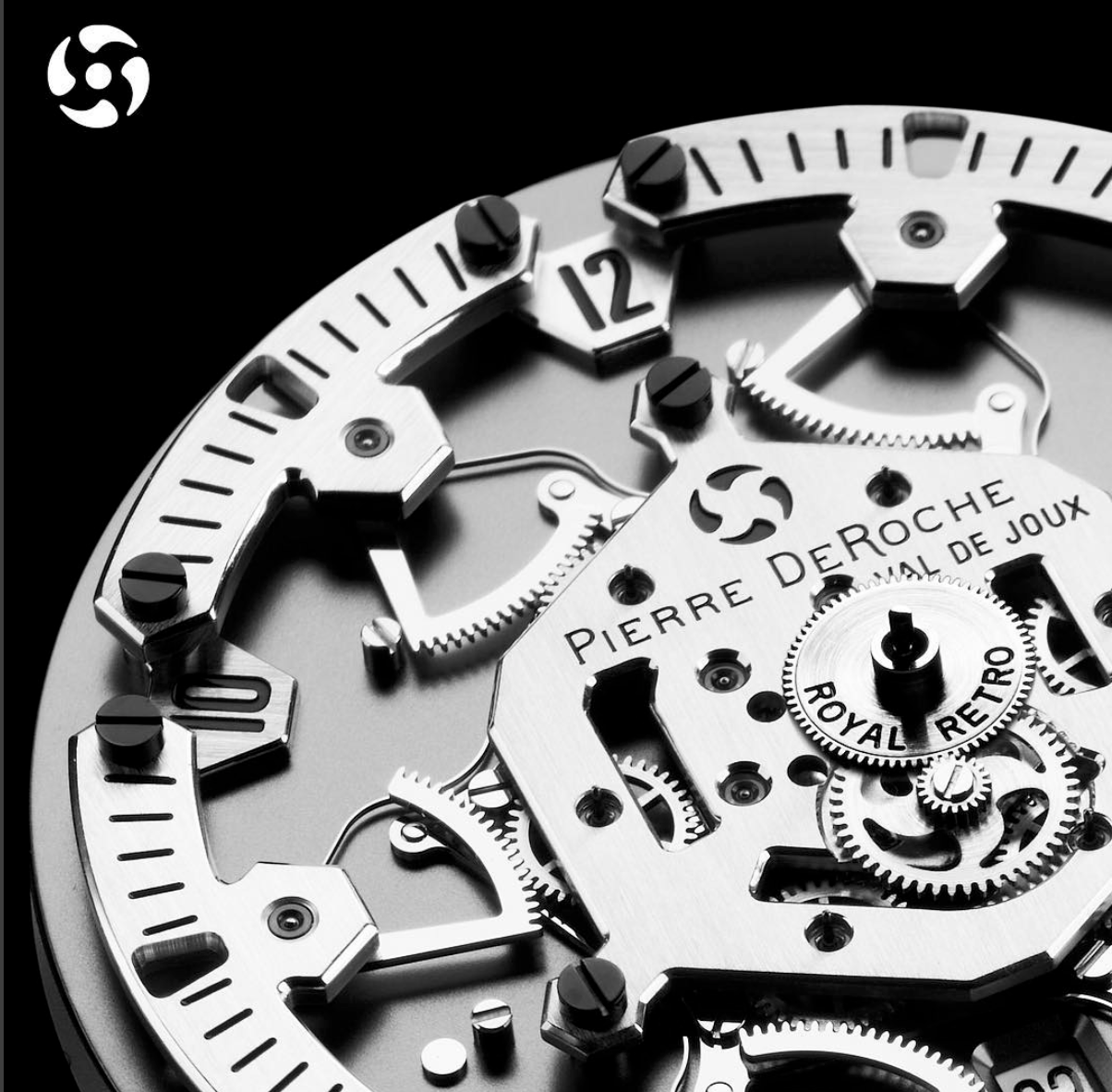
With highly skilled masters and continuous investment in R&D, Memorigin manufactures its in-house movements with over 40 years, one of the very few watchmakers in the world to design and craft its exceptional in-house movement. All Memorigin tourbillon watches are produced by high quality components from different countries. The production process is strictly controlled and monitored, displaying the quality of accuracy and exquisite delicacy of detail.


Tourbillon
In the mid-19th century, people used to read time by using pocket watches. As pocket watches were put vertically, gravity influenced the balance wheel of the pocket watches a lot affecting the time accuracy. To tackle this problem, in 1795 the French-Swiss watchmaker, Mr. Abraham-Louis Breguet, invented the mechanism of tourbillon. Tourbillon is a device that spiral, pallet fork and the escapement are worked on the same axis, and rotating 360 degrees, so as to reduce the time difference error caused by gravity.
Each tourbillon watch is assembled by over hundred pieces of tiny components. There are only few watch factories in the world that can produce tourbillon movements so tourbillon watch is regarded as one of the top three most sophisticated functions in the world of mechanical watches. Due to the extreme complication of mechanism and assembly of tourbillon watch, it becomes a symbol of “the beauty of art”.
Flying Tourbillon
Flying tourbillon is cantilevered being only supported from one side rather than being supported by a bridge or cock at both the top and bottom. Memorigin crafts high quality to price ratio tourbillon watches as the only brand producing in-house flying tourbillon watches.
Interesting Facts
Each flying tourbillon movement takes on average:
6 months of production;
30 certified technicians;
4,500 steps of manufacturing process;
50 steps of index dial surface milling;
77 steps of bridge board polishing procedures to complete 5 to 100 operations per component; and
18 different metals in the classic version


